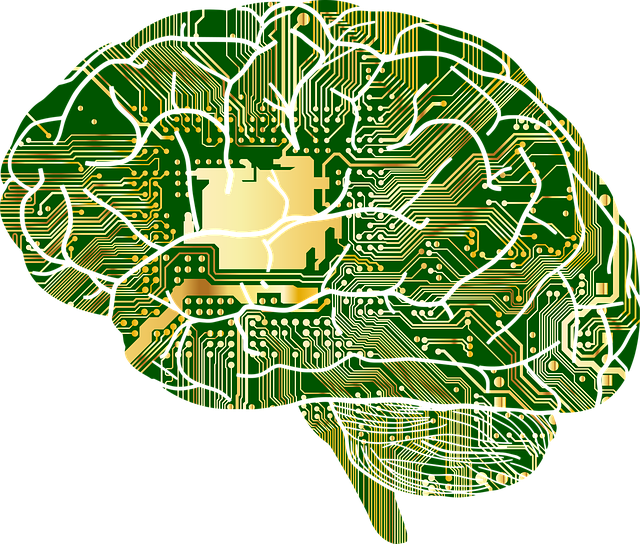During my sophomore year of college, my roommate and I rented the movie Her. Watching the movie was almost a spiritual experience that forced us to reckon with many of our preconceived notions. For two hours, we witnessed the main character, Theodore, falling in love with the voice of his new operating system, Samantha. What made Samantha unique, however, was that the operating system was more than just Siri-like technology; in fact, most of the movie’s plot hinged on the fact that Samantha was less of an “it” and more of a “her.”
The movie Her was my first real consideration of Artificial Intelligence. For the first time, I began to wonder if the future depicted in the film could be achievable in my lifetime. Was it possible that my children or even possibly myself would be put in a similar situation as Theodore?
The short answer is maybe! The best hope AI has lies in a concept known as deep learning. Essentially, deep learning programs are like artificial brains. According to Rober D. Hof, a writer for MIT Technology Review, this kind of “software attempts to mimic the activity in layers of neurons in the neocortext, the wrinkly 80 percent of the brain where thinking occurs.” This allows the technology to actually learn to recognize “patterns in digital representations of sounds, images, and other data” and is used in modern day voice recognition systems, language translation systems, and image captioning.
Deep learning isn’t a new concept; it’s been around for decades and there are just as many setbacks as there have been successes. However, as computers get stronger and we deepen our understanding of complex mathematical formulas, the technology has slowly improved.
Take for example the self-driving car from Nvidia. The car, affectionately called BB8, makes decisions from an algorithm it taught itself by “watching” humans. Nvidia started testing the car late last year and continue to do so into 2017. If successful, the company will be one of the firsts to release self-driving cars to the public.
However, there are still several kinks to work out with such technology. The biggest is that even those who design the program sometimes have a hard time identifying why the machines make the choices they do. This is a big problem: if even the designers cannot understand how the car makes decisions, it is impossible to predict when and how these machines will fail (and they will inevitably fail). It would be unwise and unethical to market the technology to the public as is.
This doesn’t mean that I have given up hope on seeing AI realized within my lifetime. Sometimes the most revolutionary advances happen seemingly overnight, and the world becomes irrevocably changed. Some of the world’s brightest minds are working on AI projects, and they are motivated to figure out the hidden mysteries of AI. I can’t wait for the day they do!
If you would like to find out more about deep learning technology or about the current challenges that Nvidia’s self-driving car is facing check out these articles from MIT Technology Review.

Written by Staff Writer Becca Brunner
Becca is a recent college graduate who lives in Tampa, Florida. From a young age, she has been fascinated by the stars and how beautiful the universe is. When she’s not writing for our blog, she can be found reading the latest YA novel, catching up on Dr. Who, or just hanging out with friends in coffee shops.
Photo Credit: Illustration deep learning









